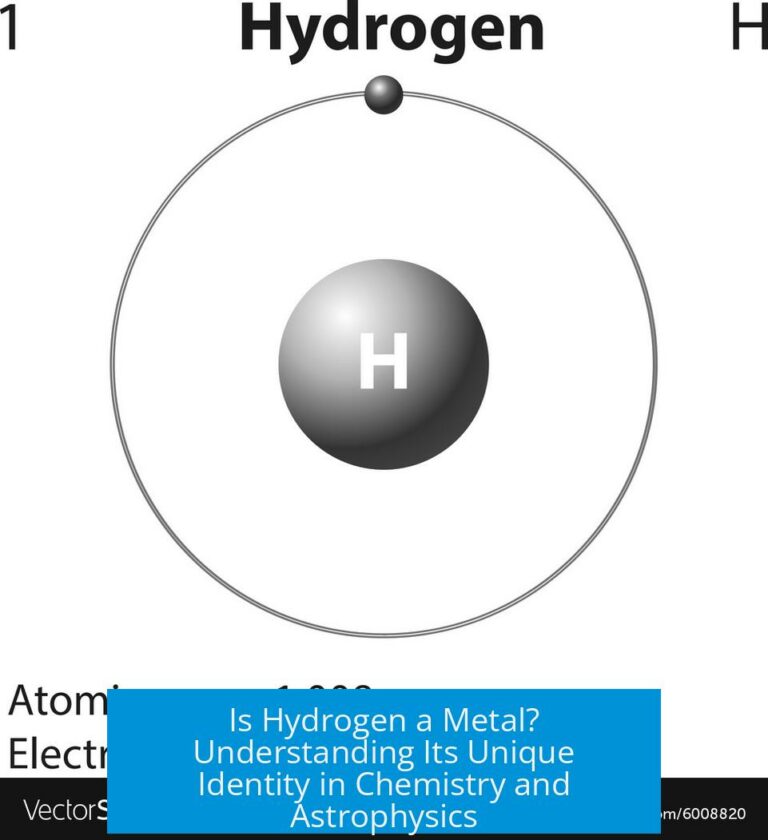Bulky Base and E2 Reaction: An Overview
A bulky base favors the E2 elimination mechanism by deprotonation without engaging in nucleophilic substitution due to steric hindrance. Bulky bases, such as tert-butoxide, are effective at removing β-hydrogens adjacent to a leaving group but are hindered from attacking the carbon center directly. This steric effect shifts the reaction pathway toward elimination rather than substitution.
Characteristics of Bulky Bases
- Bulky bases possess large substituents creating steric hindrance around the nucleophilic site.
- They act as strong bases but weak nucleophiles, reducing the likelihood of SN2 reactions.
- Common examples include tert-butoxide (t-BuO−), which offers significant steric bulk.
Impact on Reaction Mechanism
The steric bulk increases the activation barrier for backside attack required in SN2 mechanisms. As a result:
- E2 mechanism becomes more favorable, proceeding via a single-step transition state where the base abstracts a proton while the leaving group departs simultaneously.
- SN2 is disfavored because the bulky base cannot access the electrophilic carbon atom comfortably.
This preference for elimination over substitution is crucial in synthetic applications when the goal is to form alkenes.
Reaction Equilibria and Competing Pathways
Although bulky bases favor E2 elimination, multiple pathways can compete:
- E1 mechanism may occur, especially with substrates capable of carbocation formation.
- Some nucleophilic substitution may still happen with smaller or less hindered bases.
- Reaction conditions like solvent polarity, temperature, and base concentration can influence the reaction pathway.
Controlling these factors helps maximize E2 selectivity. For example, using aprotic solvents and elevated temperatures often promotes elimination.
Summary of Concept
Bulky bases steer reactions toward elimination by preventing nucleophilic substitution through steric hindrance. This shifts the equilibrium toward E2, facilitating alkene formation efficiently. Understanding steric effects and reaction conditions allows chemists to manipulate product outcomes.
Key Takeaways
- Bulky bases are strong, sterically hindered bases that favor E2 eliminations.
- Steric hindrance prevents backside SN2 attack by the base.
- Reaction conditions modulate the balance between E2, E1, and substitution pathways.
- Using bulky bases and appropriate solvents pushes reaction equilibrium toward E2.
What makes a bulky base favor E2 over SN2?
Bulky bases are large and hindered, so they cannot approach the substrate for backside attack. Instead, they remove a proton near the leaving group, promoting E2 elimination rather than SN2 substitution.
Why can’t bulky bases perform SN2 reactions efficiently?
The size of bulky bases creates steric hindrance. This prevents them from getting close enough to the carbon with the leaving group, blocking the backside attack needed in SN2 mechanisms.
How does steric hindrance affect the reaction pathway?
Steric hindrance raises the energy barrier for transition states requiring close contact, such as SN2. It shifts the reaction to pathways like E2, which proceed via a concerted proton abstraction without nucleophilic attack.
Can bulky bases lead to competing reactions besides E2?
Yes. Although E2 is favored, other pathways like E1 or nucleophilic substitutions might occur depending on the substrate and conditions.
How can reaction conditions be adjusted to favor E2 with bulky bases?
Using aprotic solvents, controlling temperature, and selecting a strong bulky base tilts the equilibrium toward E2. This limits competing SN2 or E1 side reactions.





Leave a Comment